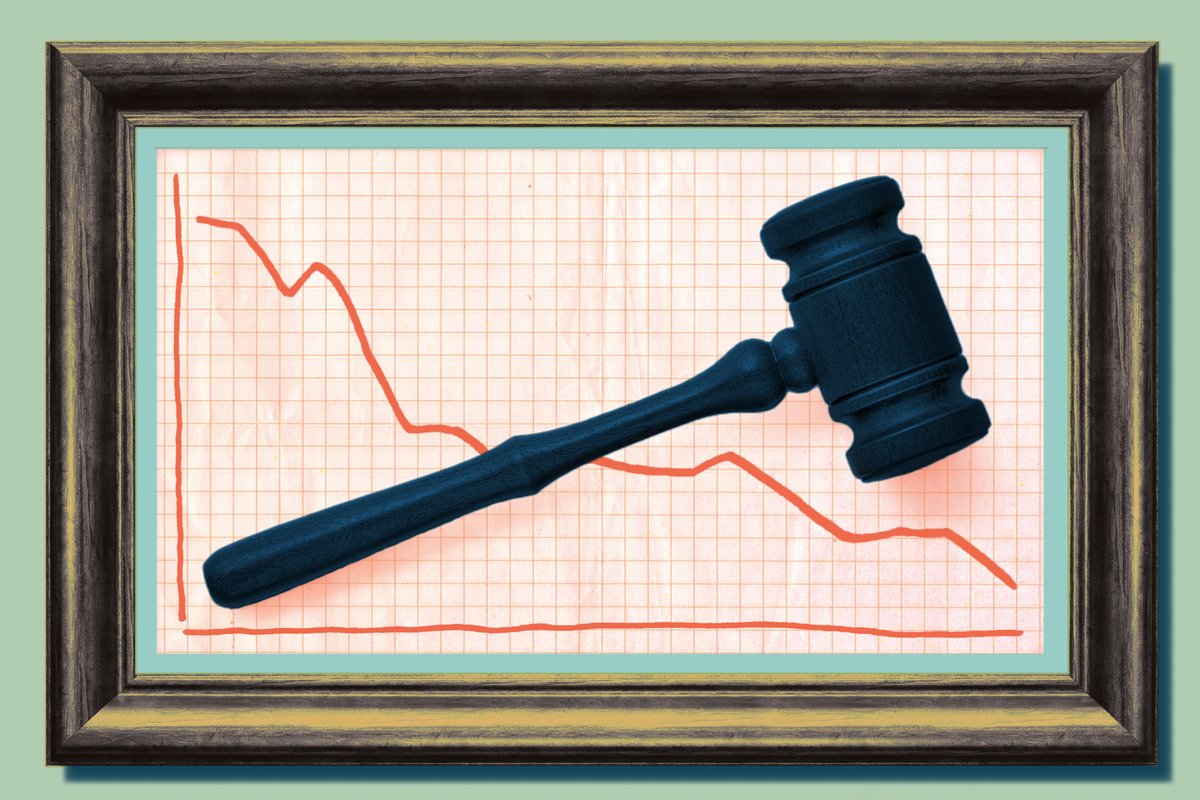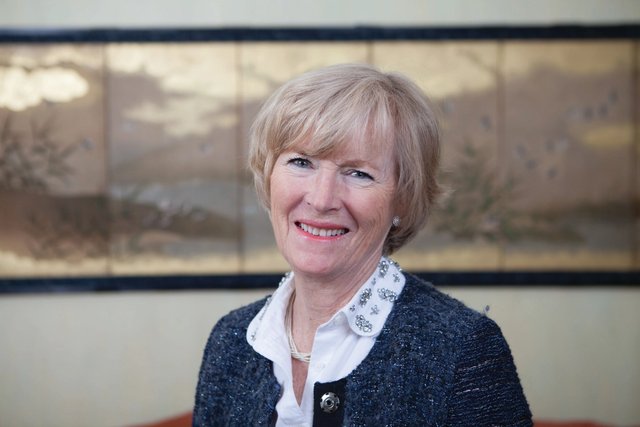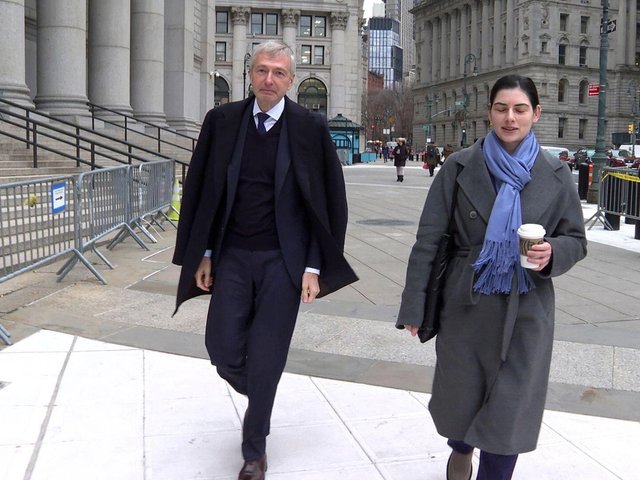Pierre Valentin, the highly respected go-to lawyer of the art world, is starting the New Year with a completely new gig: he has set up his own law practice, after a short period with Boies Schiller Flexner in the US. “It was a tough year, as I felt responsible for taking a group of colleagues to BSF, but it has now all worked out well—some have gone solo like me, others have gone back to their former law firms.”
As well as becoming independent, he has also has joined the full service law firm Fieldfisher in London. “They welcomed me with open arms,” Valentin says. So now he is offering two services—one for, say, the individual collector or art dealer, and the other for larger companies or institutions who prefer to work with a structured law firm.
With his enormous experience of the art market to draw on, I ask Valentin if he thinks there will be more, less or about the same amount of work in the coming year, particularly with the disappointing results of 2023?
“Firstly, my take on this is that we are not actually seeing a shrinking market, but rather a shifting market,” he replies. “The market has moved geographically, away from the UK because of Brexit, and towards Europe but mainly towards the US.” And he gives as an example the recent decision by Christie’s to move certain of its sale categories, lock, stock and barrel, to Paris from London, such as Old Master drawings, design and Asian art.
Valentin continues: “For the moment I have not seen an increase in litigation except around issues with new technology—blockchain, AI— there have been a number of cases already. These are areas where the risk is enormous, and losses can be correspondingly huge. And then there is the issue of copyright, where the law is, in my opinion, no longer fit for purpose, since it was generally framed before the internet made images available to all.”
However, he then adds an important caveat: “If we have a global recession, within say 18 months or two years, then I think we will see a clear increase in litigation. I would expect cases being brought connected with the financial side of the market. For example, art investment funds or art loans. Disappointed investors might want to try to recoup their losses through the courts.”
As if on cue, this month the most spectacular feud of the decade is about to reach its (presumably) final conclusion, when a trial begins in New York, the final event of nine years of litigation. Dmitry Rybolovlev—the Russian oligarch—accuses Sotheby’s of helping Yves Bouvier, his former art dealer, to overcharge him by millions of dollars on art, notably Leonardo da Vinci’s Salvator Mundi as well as works by Gustav Klimt, René Magritte and Amedeo Modigliani. Bouvier is not party to the lawsuit, having finally settled with his former client; Sotheby’s strenuously denies the charges.
Both sides have employed armies of lawyers and the documentation must run into tens of thousands of pages. For sure, art law seems a pretty safe gig, however the market behaves.





